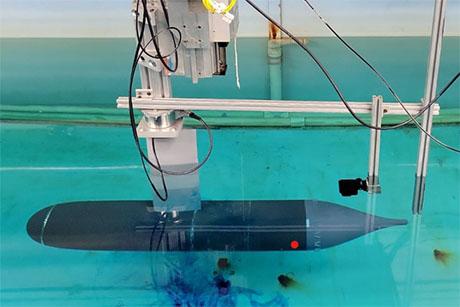How much CO2 is emitted by manufacturing batteries?
It depends exactly where and how the battery is made—but when it comes to clean technologies like electric cars and solar power, even the dirtiest batteries emit less CO2 than using no battery at all.
Lithium-ion batteries are a popular power source for clean technologies like electric vehicles, due to the amount of energy they can store in a small space, charging capabilities, and ability to remain effective after hundreds, or even thousands, of charge cycles. These batteries are a crucial part of current efforts to replace gas-powered cars that emit CO2 and other greenhouse gases. These same capabilities also make these batteries good candidates for energy storage for the electric grid. However, that does come with a cost, as the manufacturing process of the batteries and their components emits CO2, among other environmental and social concerns.
The Production Process
Producing lithium-ion batteries for electric vehicles is more material-intensive than producing traditional combustion engines, and the demand for battery materials is rising, explains Yang Shao-Horn, JR East Professor of Engineering in the MIT Departments of Mechanical Engineering and Materials Science and Engineering. Currently, most lithium is extracted from hard rock mines or underground brine reservoirs, and much of the energy used to extract and process it comes from CO2-emitting fossil fuels. Particularly in hard rock mining, for every tonne of mined lithium, 15 tonnes of CO2 are emitted into the air.
Battery materials come with other costs, too. Mining raw materials like lithium, cobalt, and nickel is labor-intensive, requires chemicals and enormous amounts of water—frequently from areas where water is scarce—and can leave contaminants and toxic waste behind. 60% of the world’s cobalt comes from the Democratic Republic of the Congo, where questions about human rights violations such as child labor continue to arise.
Manufacturing also adds to these batteries’ eco-footprint, Shao-Horn says. To synthesize the materials needed for production, heat between 800 to 1,000 degrees Celsius is needed—a temperature that can only cost-effectively be reached by burning fossil fuels, which again adds to CO2 emissions.
Exactly how much CO2 is emitted in the long process of making a battery can vary a lot depending on which materials are used, how they’re sourced, and what energy sources are used in manufacturing. The vast majority of lithium-ion batteries—about 77% of the world’s supply—are manufactured in China, where coal is the primary energy source. (Coal emits roughly twice the amount of greenhouse gases as natural gas, another fossil fuel that can be used in high-heat manufacturing.)
For example, the Tesla Model 3 holds an 80 kWh lithium-ion battery. CO2 emissions for manufacturing that battery would range between 3120 kg (about 3 tons) and 15,680 kg (about 16 tons). Just how much is just one ton of CO2? Just about the same weight as a great white shark!
Researchers across the globe are trying to design new manufacturing processes or new battery chemistries that can work with more readily available, environmentally-friendly materials, but these technologies aren’t yet available on a wide scale. “If we don't change how we make materials, how we make chemicals, how we manufacture, everything will essentially stay the same,” Shao-Horn says.
Batteries’ Bigger impact
Despite the environmental footprint of manufacturing lithium-ion batteries, this technology is much more climate-friendly than the alternatives, Shao-Horn says. Within the United States, the transportation sector produces the largest share of greenhouse gas emissions—nearly one-third of the country’s total emissions. Most of those emissions—about 80%—come from tailpipe exhaust, which could be completely eliminated if all vehicles were battery-powered. Taking a single gas-powered passenger vehicle off the road and replacing it with an electric one prevents 4.6 tons of CO2 on average from entering the atmosphere every year. If we compare this with the upper range of producing a Tesla Model 3 battery – 16 tons of CO2 – driving a Tesla for four years means that we’re saving more CO2 than we’re producing by making the battery.
A second major environmental benefit these batteries could offer is energy grid stabilization, Shao-Horn adds. As the world moves towards renewable energy resources, like solar and wind power, demand grows for ways of storing and saving this energy. Using batteries to store solar and wind power when it’s plentiful can help solve one big problem of renewable energy—balancing oversupply and shortage when the weather isn’t ideal—making it much easier to switch from CO2-emitting fossil fuels.
“If we have more batteries, we would be able to increase load level and then use [renewable energy] when we have more demand,” she says.
Thank you to Xiaohong Gayden of Troy, Michigan for the question. You can submit your own question to Ask MIT Climate here.
Original Article from Ask MIT Climate


